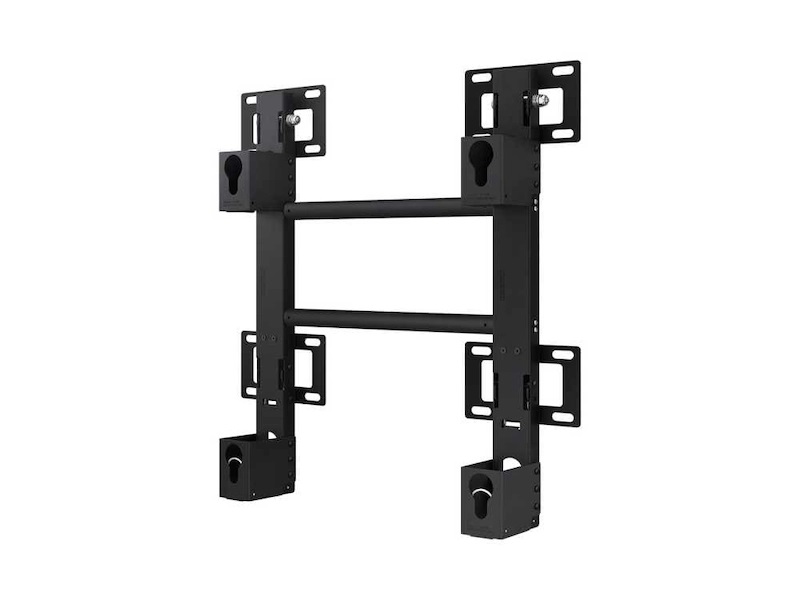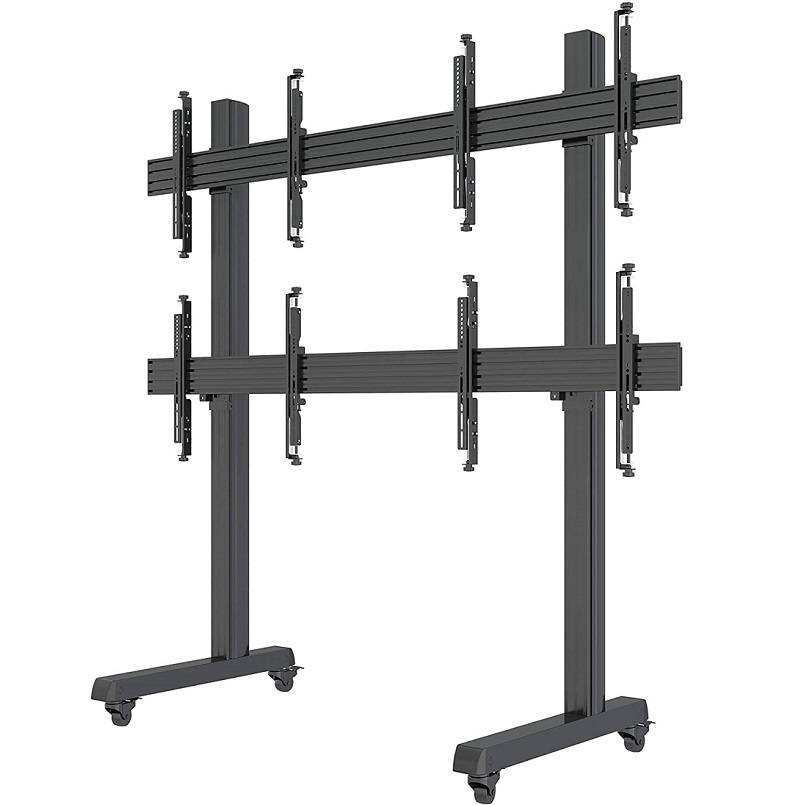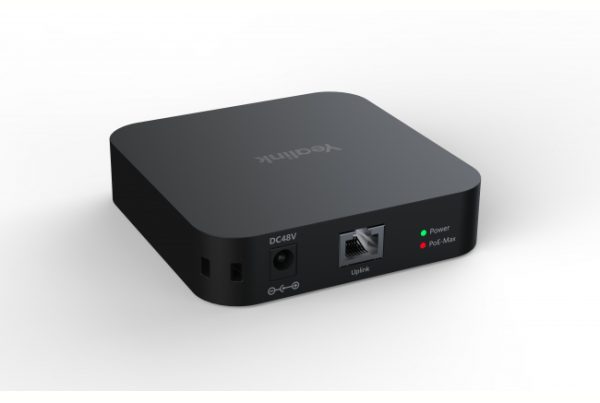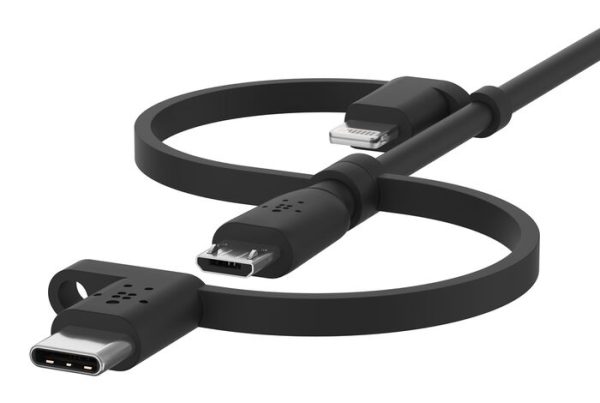Introduction
In today’s dynamic work environments, flexibility is paramount. As offices evolve to accommodate hybrid models and collaborative spaces, the tools we use must adapt accordingly. One critical aspect often overlooked is how we mount our screens. The debate between wall mounts and mobile mounts isn’t just about aesthetics; it’s about functionality, adaptability, and optimizing our workspaces. So, when considering Wall vs. Mobile Mounts for Office Flexibility, which truly offers the versatility modern offices demand?
Table of Contents
- Introduction
- Understanding Wall Mounts
- Exploring Mobile Mounts
- Space Optimization in Modern Offices
- Ergonomics and Employee Well-being
- Adaptability in Hybrid Work Environments
- Cost Implications and Budget Considerations
- Aesthetic Appeal and Office Design
- Installation and Maintenance
- Security and Equipment Safety
- Environmental Impact and Sustainability
- Making the Right Choice for Your Office
- Conclusion
- FAQs
Understanding Wall Mounts
Definition and Types
Wall mounts are fixed installations that secure screens directly onto walls. They come in various types:
- Fixed Mounts: Hold the screen flush against the wall.
- Tilting Mounts: Allow vertical angle adjustments.
- Full-Motion Mounts: Offer a range of motion, including swivel and extension features.
Advantages
- Space-Saving: Ideal for small offices where floor space is at a premium.
- Clean Aesthetics: Provides a sleek, uncluttered look.
- Stability: Once installed, they offer a secure and stable setup.
Considerations
- Permanence: Once installed, relocating requires effort.
- Wall Integrity: Not all walls can support heavy mounts.
- Limited Flexibility: Adjusting viewing angles can be restricted.
For more tips visit promallshop.com
Exploring Mobile Mounts
Definition and Types
Mobile mounts, often on wheels, allow screens to be moved effortlessly across different spaces. They include:
- TV Carts: Designed for larger screens, often used in conference settings.
- Monitor Stands: Suitable for individual workstations or smaller screens.
Advantages
- Flexibility: Easily move screens between rooms or adjust positions as needed.
- No Wall Damage: Ideal for rented spaces or areas where wall mounting isn’t feasible.
- Versatility: Can be used for various purposes, from presentations to collaborative work sessions.
Considerations
- Space Consumption: Occupies floor space, which might be a constraint in smaller offices.
- Stability: While designed for mobility, they must be locked securely to prevent movement during use. get more info at promallshopblog
Space Optimization in Modern Offices
In urban settings, where office space comes at a premium, optimizing every square foot is crucial. Wall mounts shine in such scenarios by freeing up floor space, allowing for more desks or collaborative areas. Conversely, mobile mounts, while occupying floor space, offer the advantage of reconfiguring spaces on the fly, adapting to various needs throughout the day.
Ergonomics and Employee Well-being
Employee comfort directly impacts productivity. Wall mounts can be positioned at optimal heights, reducing neck and eye strain. However, once installed, adjustments are cumbersome. Mobile mounts, on the other hand, often come with adjustable heights and angles, allowing users to customize setups based on individual preferences, promoting better posture and comfort.
Adaptability in Hybrid Work Environments
The rise of hybrid work models necessitates adaptable office setups. Mobile mounts cater to this need by facilitating quick reconfigurations for meetings, collaborative sessions, or individual tasks. Wall mounts, while less flexible, can still play a role in designated areas like conference rooms or dedicated workstations.
Cost Implications and Budget Considerations
Budget constraints often influence office setup decisions. Wall mounts generally have a lower upfront cost, especially for fixed models. However, installation costs and potential wall reinforcements can add up. Mobile mounts might have a higher initial price tag but offer savings in the long run by reducing the need for multiple screens or setups across different rooms.
Aesthetic Appeal and Office Design
A well-designed office boosts morale and leaves a lasting impression on clients. Wall-mounted screens offer a minimalist look, integrating seamlessly into the decor. Mobile mounts, while functional, can appear bulky if not chosen carefully. However, modern designs have addressed this, offering sleek and stylish options that complement contemporary office aesthetics.
Installation and Maintenance
Installing wall mounts requires drilling, ensuring wall strength, and sometimes professional assistance. Maintenance involves checking for secure fittings periodically. Mobile mounts are generally plug-and-play, with minimal setup. Maintenance revolves around ensuring wheels function smoothly and locks are operational.
Security and Equipment Safety
Security is paramount, especially for expensive equipment. Wall mounts, once installed, offer a secure setup, reducing the risk of theft or accidental damage. Mobile mounts, while offering flexibility, need to be locked securely during use to prevent tipping or movement. Some models come with locking mechanisms to deter unauthorized movement.
Environmental Impact and Sustainability
Sustainable office practices are gaining traction. Wall mounts, being permanent fixtures, might require replacements or modifications during office redesigns, leading to waste. Mobile mounts, with their adaptability, can be reused in various setups, reducing the need for additional equipment and promoting sustainability.
Making the Right Choice for Your Office
When deciding between wall and mobile mounts, consider:
- Office Layout: Open spaces might benefit from mobile mounts, while smaller rooms might prefer wall mounts.
- Purpose: For static displays, wall mounts suffice. For dynamic presentations or collaborative sessions, mobile mounts are ideal.
- Budget: Factor in both initial costs and long-term benefits.
- Aesthetics: Choose what aligns with your office design and branding.
Conclusion
Both wall and mobile mounts have their merits. Wall mounts offer stability and a clean look, ideal for fixed setups. Mobile mounts provide unparalleled flexibility, catering to the dynamic needs of modern offices. Assess your office’s specific requirements, and choose the solution that aligns best with your goals. for more information visit promallshopblog.com
FAQs
Yes, but it involves unmounting the screen, patching up the wall, and ensuring the mobile mount is compatible with your screen's size and weight.
Modern mobile mounts are designed to handle large screens securely. Ensure you choose a model that supports your screen's size and weight.
Installation requires drilling, which can leave holes. However, with proper installation and when removed carefully, damage can be minimized.
While wall mounts have a lower initial cost, mobile mounts offer flexibility, potentially reducing the need for multiple setups, leading to long-term savings.
Yes, but ensure there's enough space to move them around without obstruction. Compact mobile mounts are available for tighter spaces.






